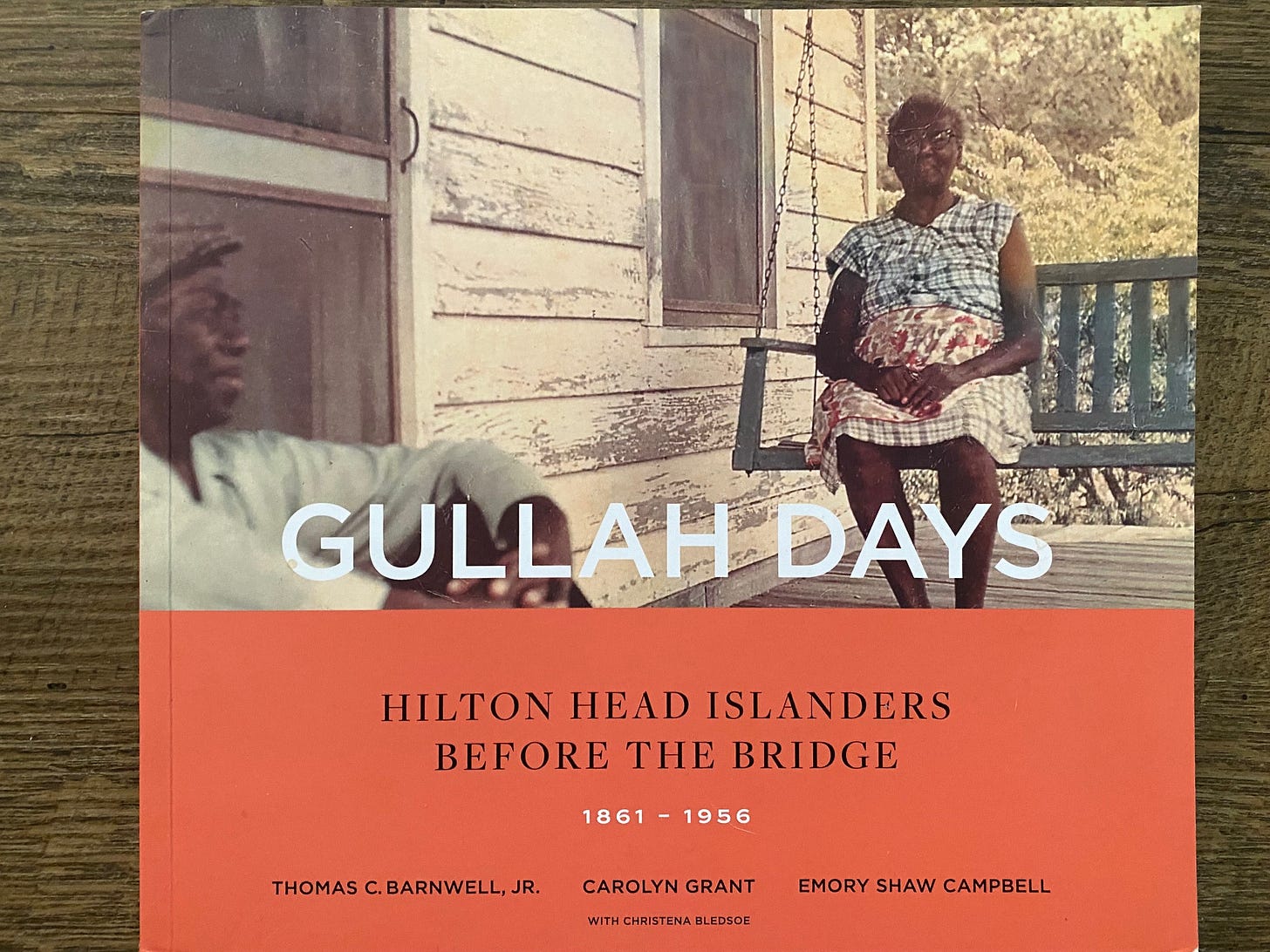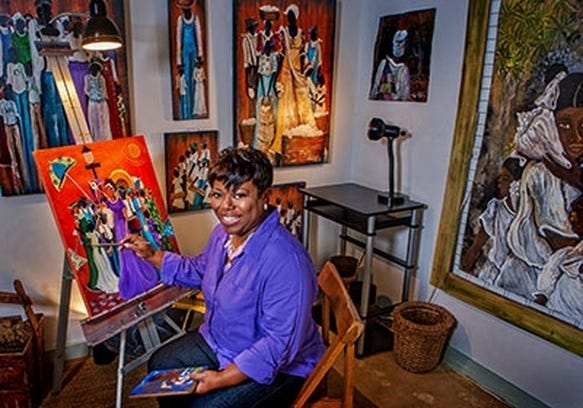When you exit I-95 South at exit 28 and head East on South Carolina highway 462 toward Hilton Head Island, you run across this billboard. I am not sure who put this up, but I am confident that it was not the Hilton Head Chamber of Commerce.
This billboard frames a memory of the low country area in Beaufort County as the site of a crime that was perpetrated against landowners and enslavers by a an occupying General and his army in the waning days of the Civil War.
There are always competing memories of place. Another way to remember Hilton Head Island, South Carolina is the only place in the United States to see enslaved persons freed twice before the passage of the 13th Amendment to the U.S. Constitution in 1866. The first time, in April, 1862 a few months after the Union Army captured Hilton Head in a November, 1861 invasion, when another General (Hunter) issued a military order that freed enslaved persons on Hilton Head—an order that was quickly rescinded by President Abraham Lincoln. Of course Lincoln’s Emancipation Proclamation, issued on January 1, 1863 freed the enslaved Africans on Hilton Head for the second time in less than a year. The reality of their lives after being freed is a complex one that I am just now beginning to learn.
The book, “Gullah Days: Hilton Head Islanders before the bridge, 1861-1956” tells the story of Hilton Head through the legacy of enslaved Africans, freed men and women, and all of their descendants on Hilton from the Civil War until the construction of the first bridge from the mainland to the Island in 1958. Just as the experience of the Civil War was distinct for Hilton Head as compared to the mainland Low Country because it was occupied by the Union Army so early in the War, so too were the 9 or so decades of relative isolation from the mainland key in the continuation of Gullah culture.
My family has vacationed at Hilton Head Island for 25 years and it is a place that we love, and we have spent much time here during the pandemic. The Island is where my art life really came into being last Spring when I was not teaching a class, had a job that can be successfully done by zoom, and I began to learn about the histories and legacies of people that are easily missed if you only see the stunning beauty of the beach.
This is a photo of the sunrise at Hilton Head Island on January 27, 2022, and morning walks taking this in brought me into art and brought art out of me. The beauty is astonishing.
Much of my learning to use color in painting came from admiring the art of numerous low country artists like Sonja Griffin Evans
Her art captures the beauty of the low country that is not only held in the scenery, but of the Gullah people and culture. The two paintings below are both acryllic on stretched canvas and are some of my earliest attempts to shift from sketching to painting.
And I enjoy painting agricultural scenes like these ladies threshing rice, and the boy in the tree is reminiscent of my memory of working on a Tobacco farm as an adolescent and teen—in the midst of hard work, camaraderie and a bit of fun.
This is a more recent concept painting using oil on a sketch book, and is a Gullah man man transporting rice at dawn
The thing about these paintings is that they could likely depict a Hilton Head Island scene in 1870 or 1930, as the Gullah culture lived and thrived disconnected from the mainland until the bridge came in 1958. There is much more to learn and tell about the Hilton Head Island that I love so much. However, it is always important to take time to seek, find and name beauty where it is found.
Don Taylor










